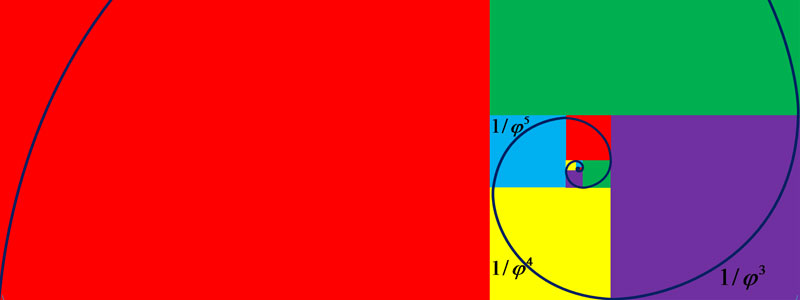Just like with grammar in our languages, video also has its own grammar. Without it, video just doesn’t look right or feel right to the audience. The rule of thirds is a super easy way to make sure your shot has the correct frame composition to make it appealing to look at for the audience using this visual grammar.
You’ve heard of three being called the magic number, right? Well, it turns out that is pretty accurate as audiences like things that come in threes. That’s why you’ll find politicians when they give speeches always list things in threes – “Education, education, education”, for example.
So what the rule of thirds does in encourage you to use this fondness of threes when framing your shot. Here’s how.
Imagine your screen is split into a three by three grid, like a noughts and crosses board, or tic-tac-toe for my American brethren. With this imaginary board in place, you want to place the most important aspects of your shot on one of the four points where these lines intersect.
When you are interviewing someone in a medium close up or a close up, their closest eye to the camera becomes the most important aspect of the shot. If you are shooting someone from mid shot then you can position their body along one of the intersecting lines and match their eyes up with one of the top-most intersecting points. Here’s an example.


A lot of mobile phones, video cameras, and DSLRs actually have this feature built in and you can turn it on or off – sometimes it is called the grid.
It’s a really useful tool to get basic framing right, and by following the rule of thirds you will get your looking room, headroom, and leading room sorted out too.
Head room
Head room is the term given to the space above the subject’s head. If you watch any TV, you will see a consistent sliver of space in close-ups of people. Too much head room makes your shot look off balance – and too little cuts of the subject’s head. In close ups and extreme close ups it’s fine to cut off head room as you want to focus on the eyes or another part of the face.
Looking room
Looking room is the space between the subject’s face and the edge of the screen. More specifically, looking room is the space on the side the subject is looking toward.
Leading room
Similar to looking room is the concept of Lead Room. The idea here is that viewers want to see where a moving object is going – not where it has been.
Go and watch some TV news now and see how many of these basic framing rules you see being used!
If you have any questions on framing your shots or have a suggestion for what I should cover next, let me know in the comments below.

One comment:
Comments are closed.